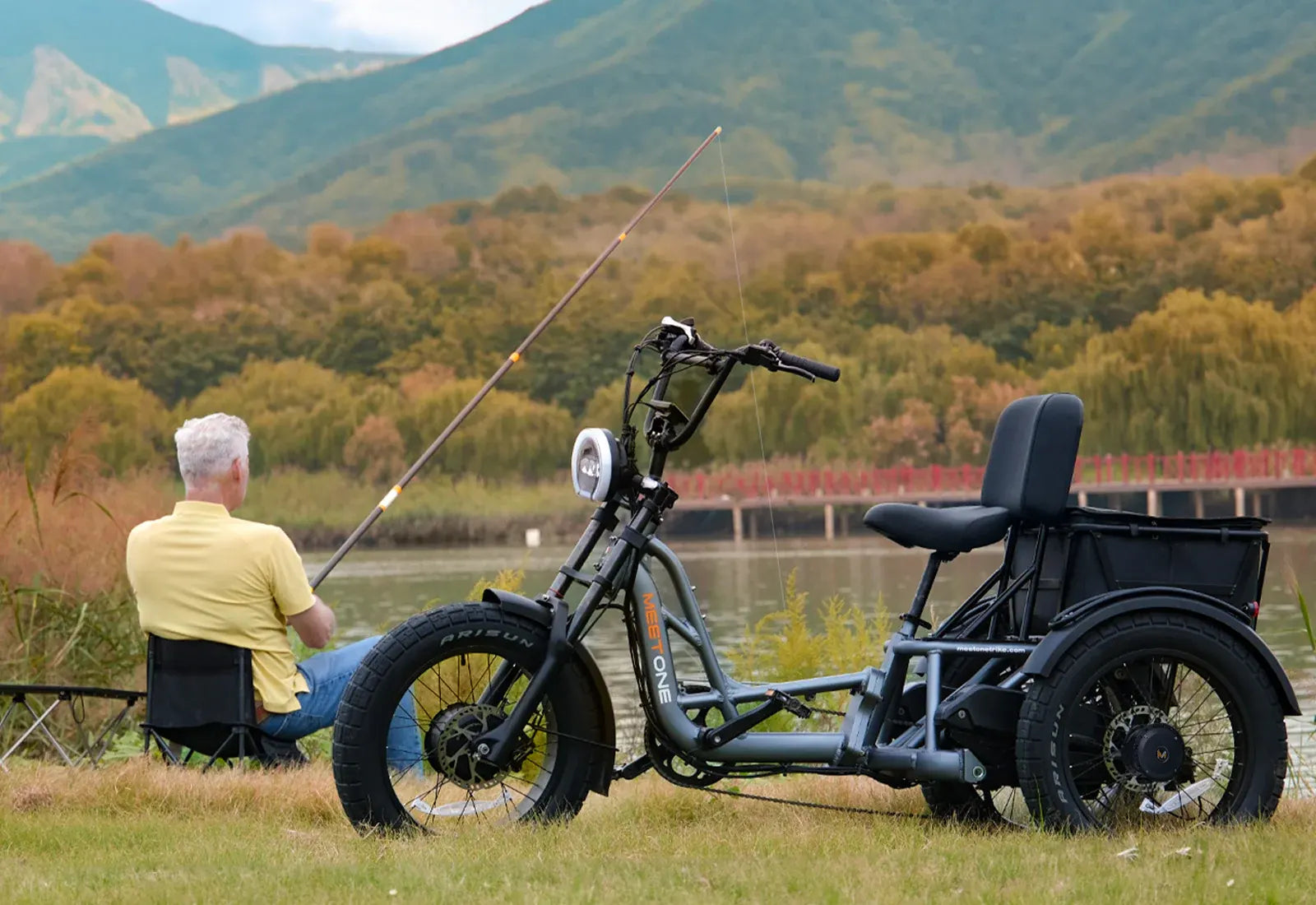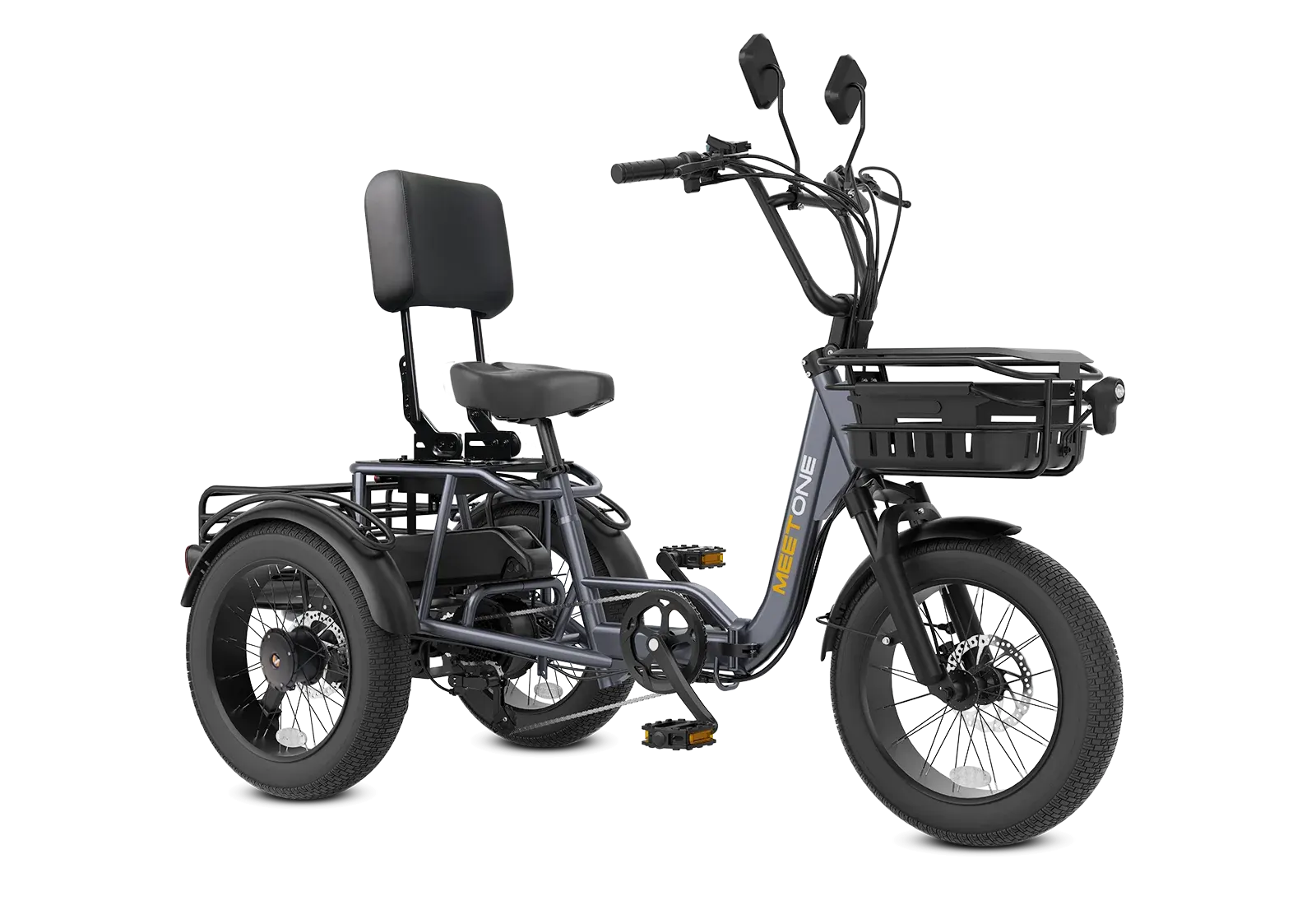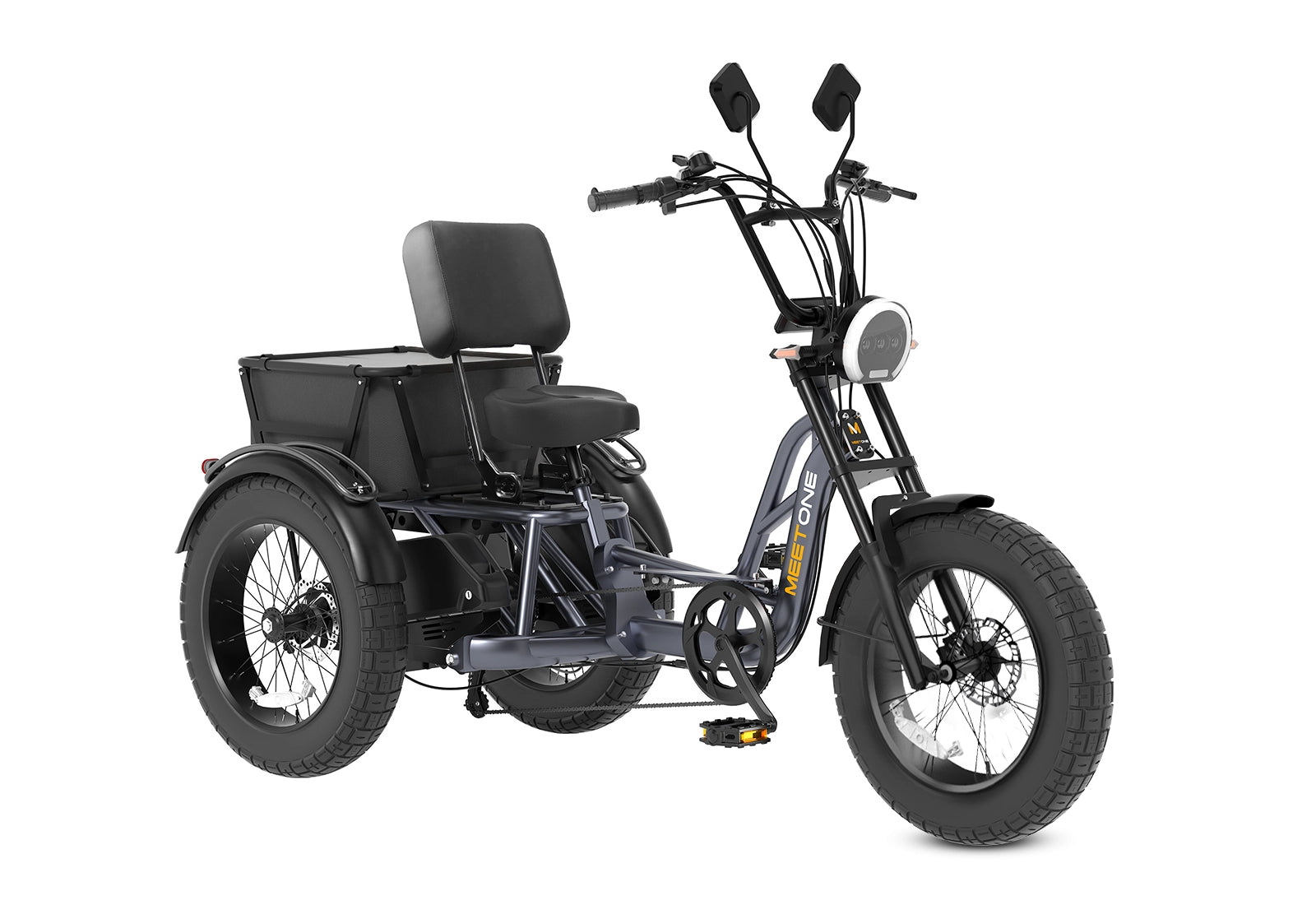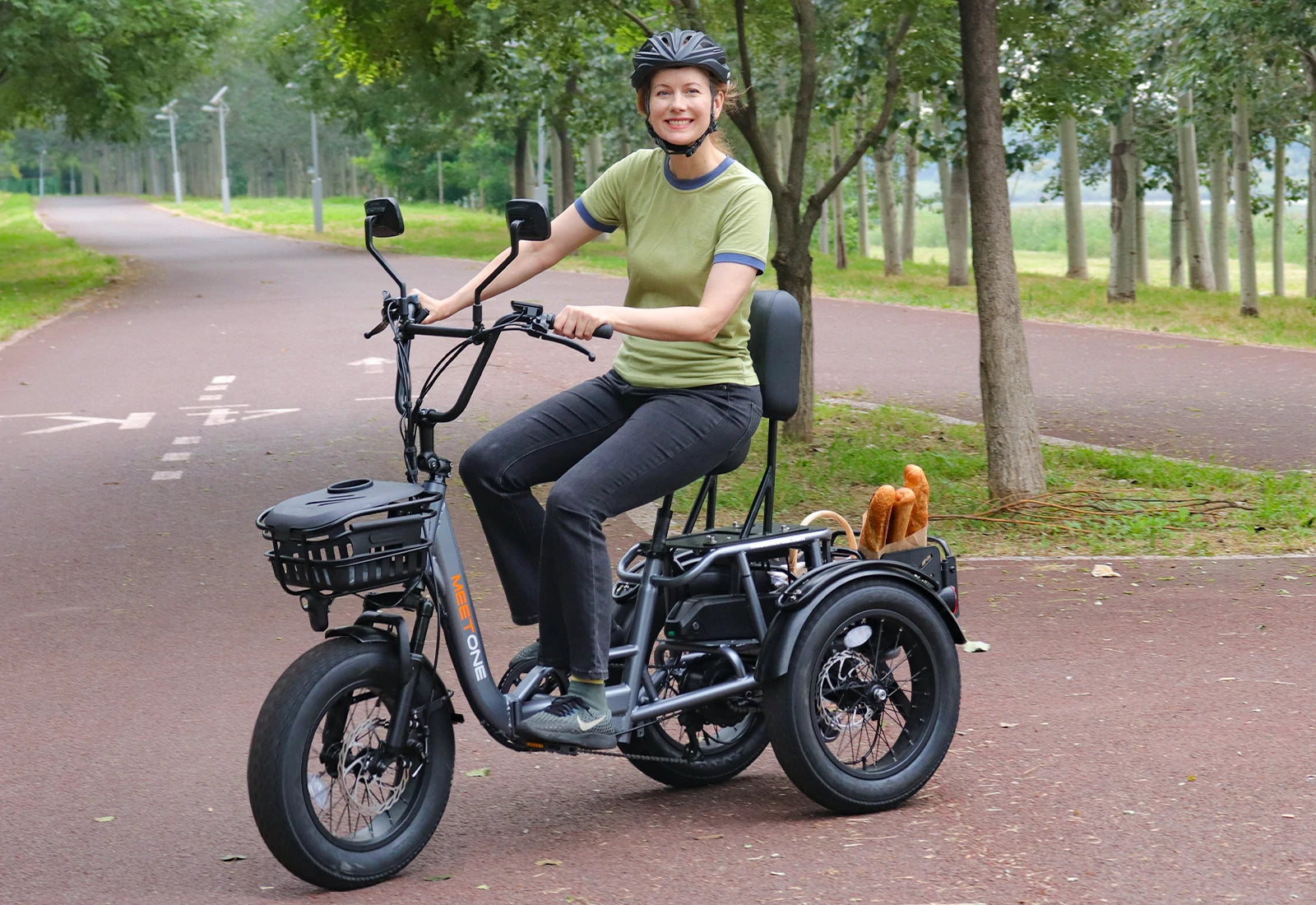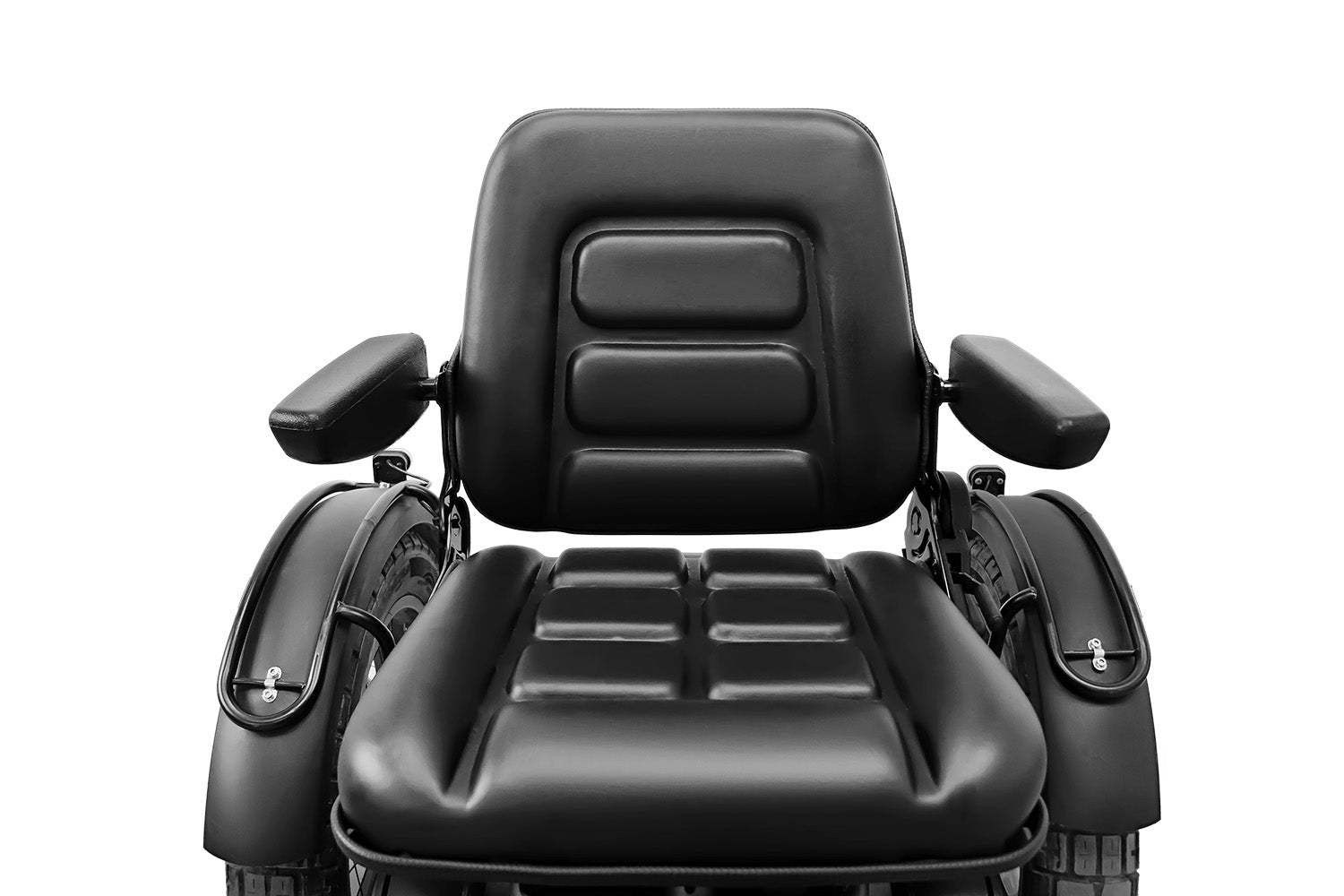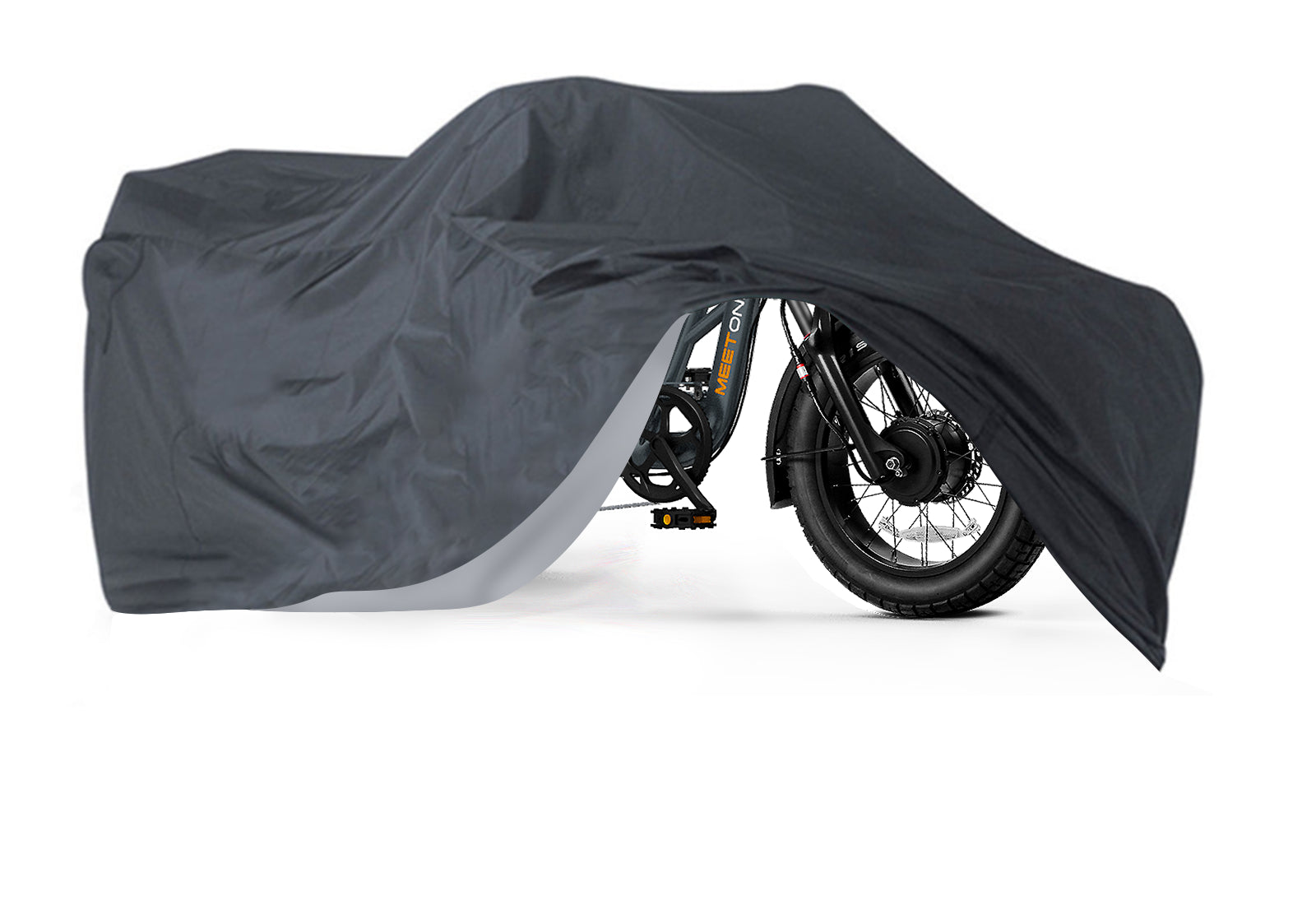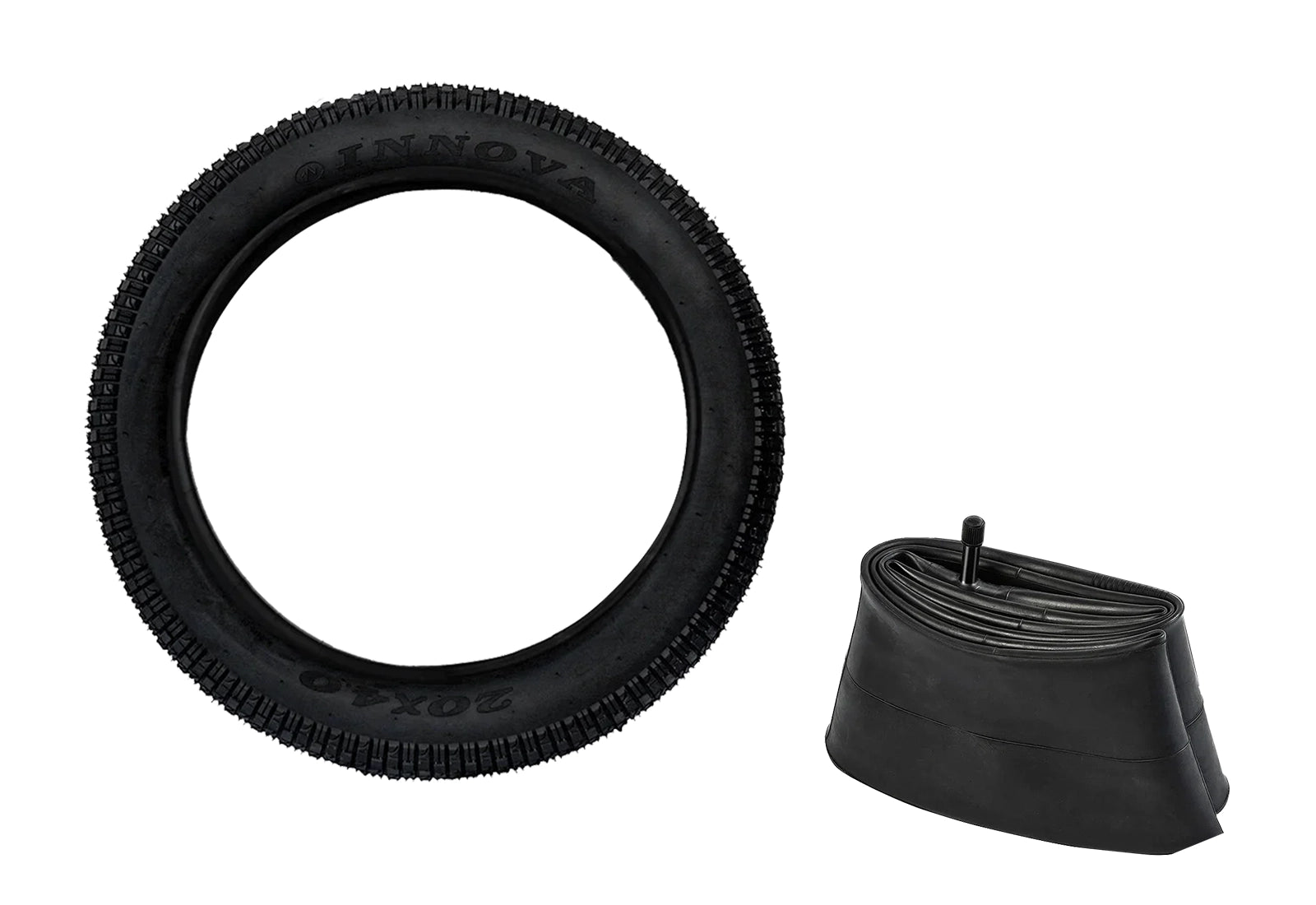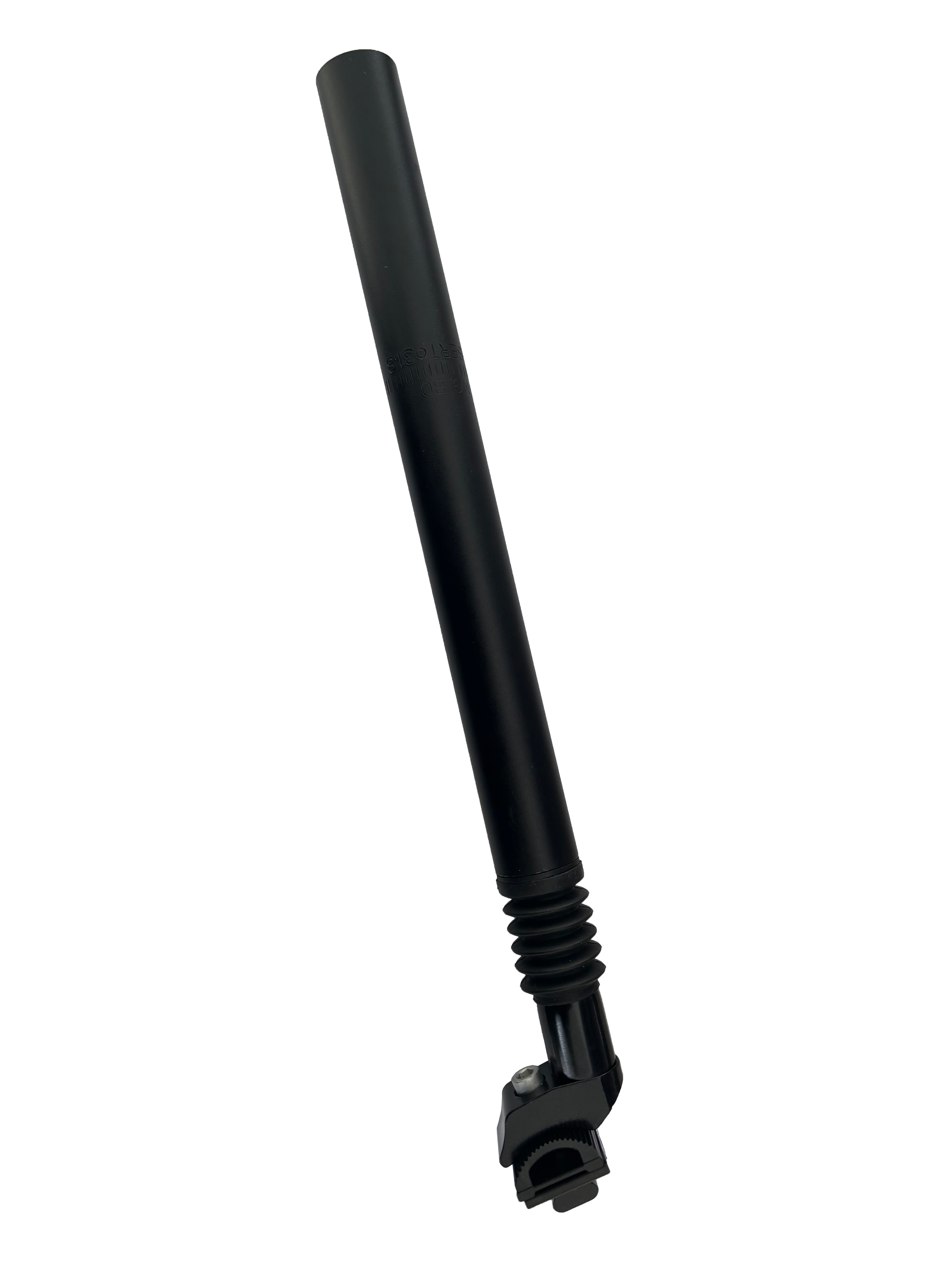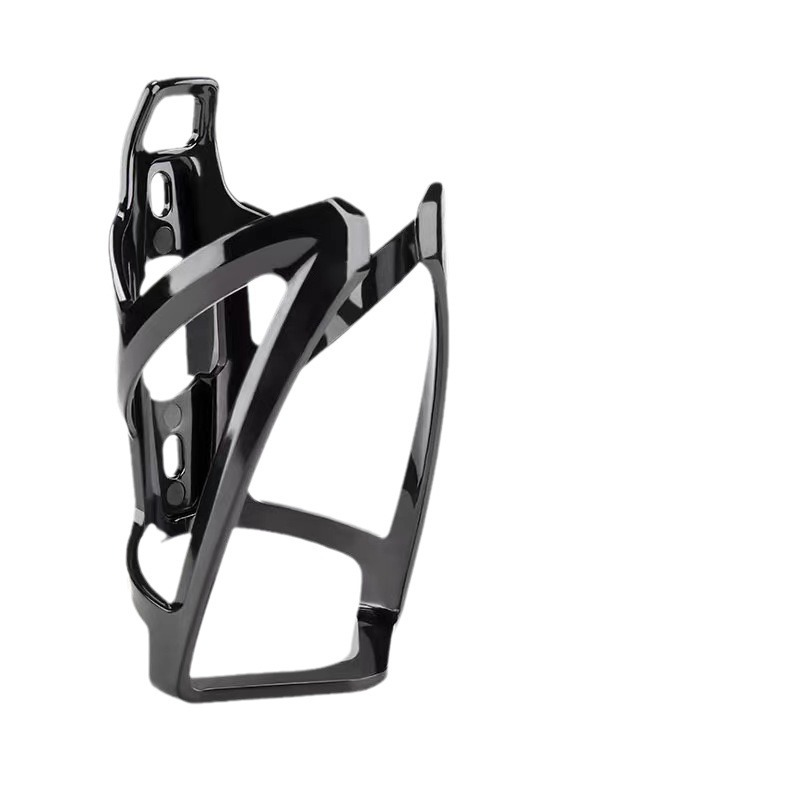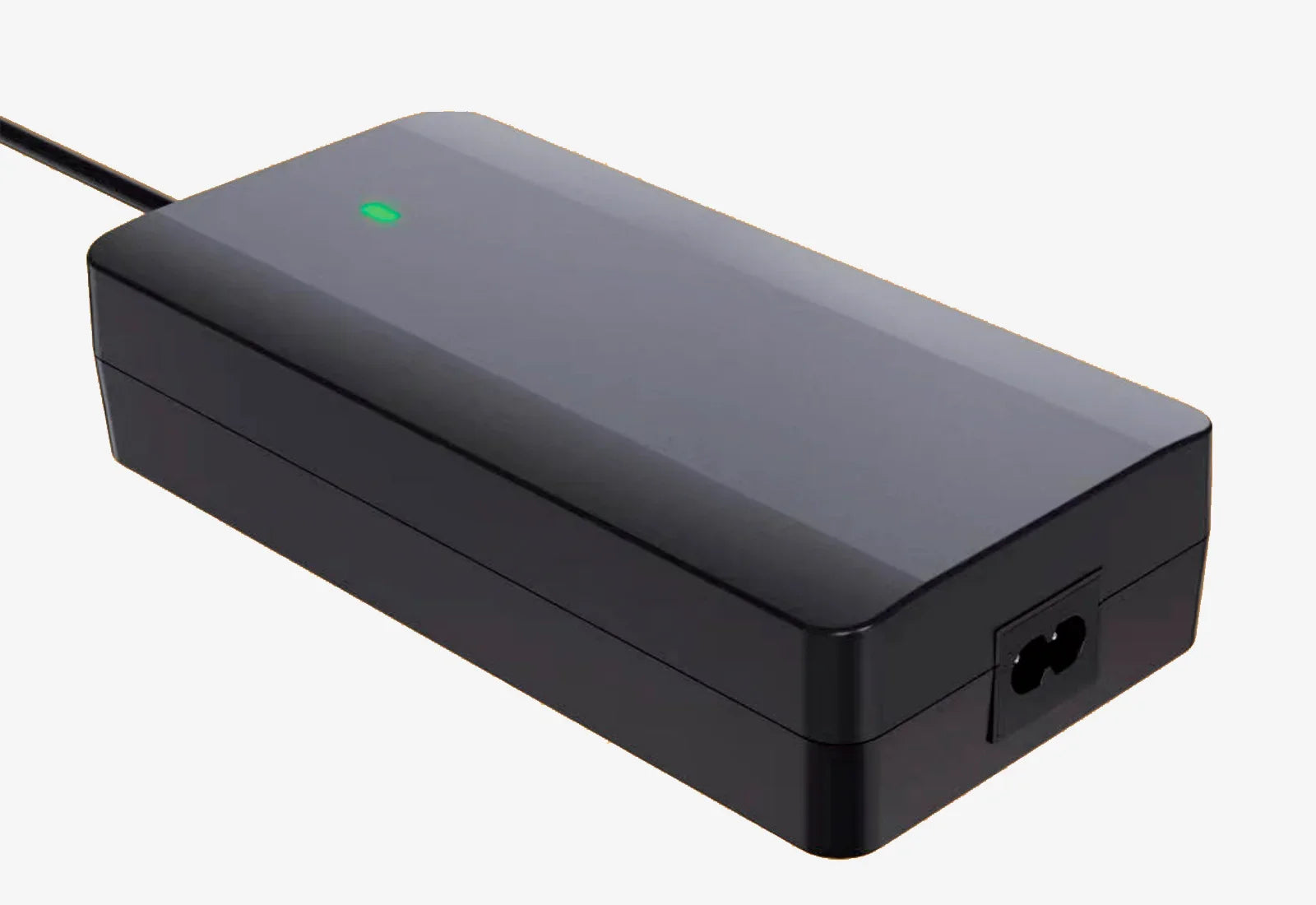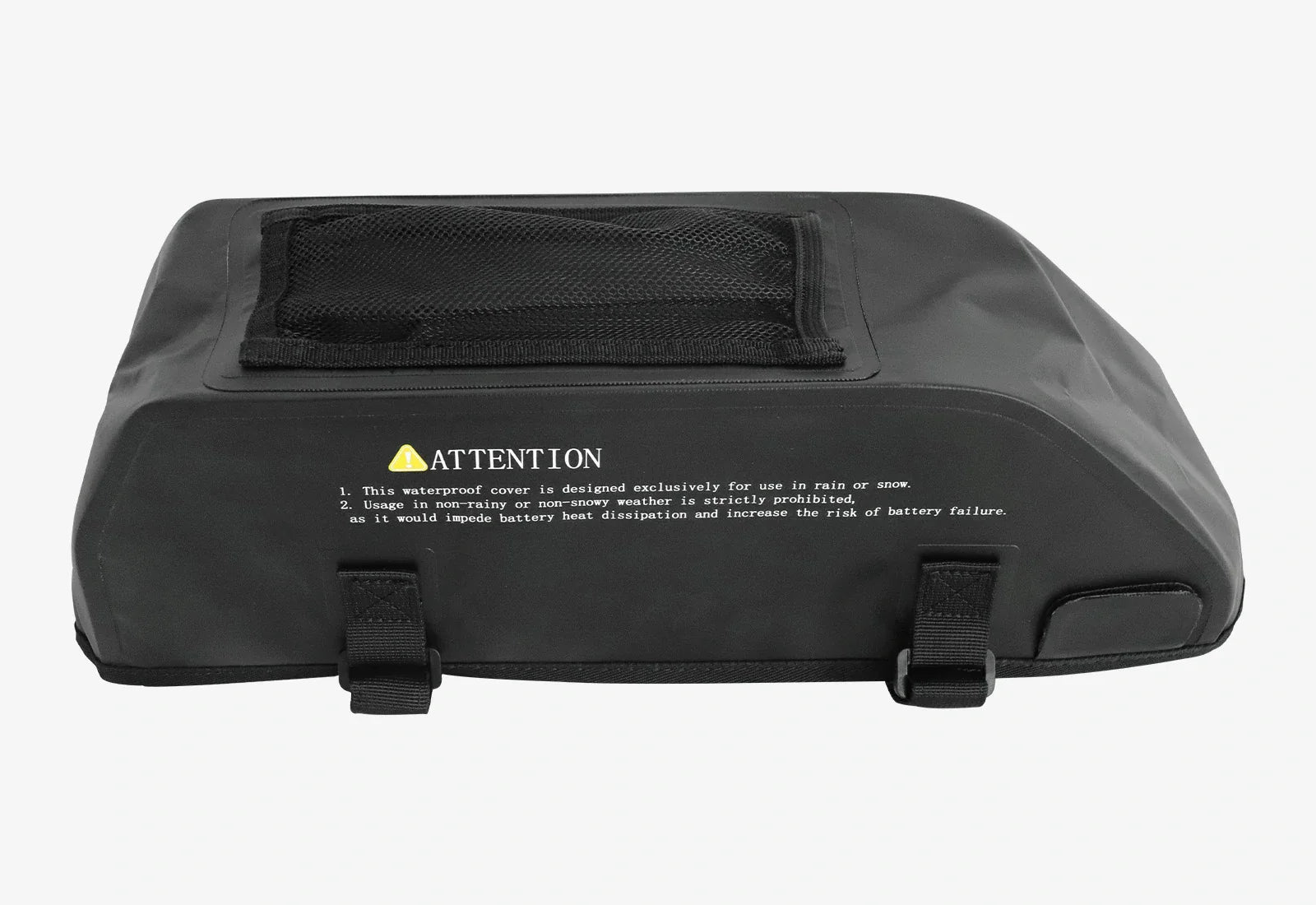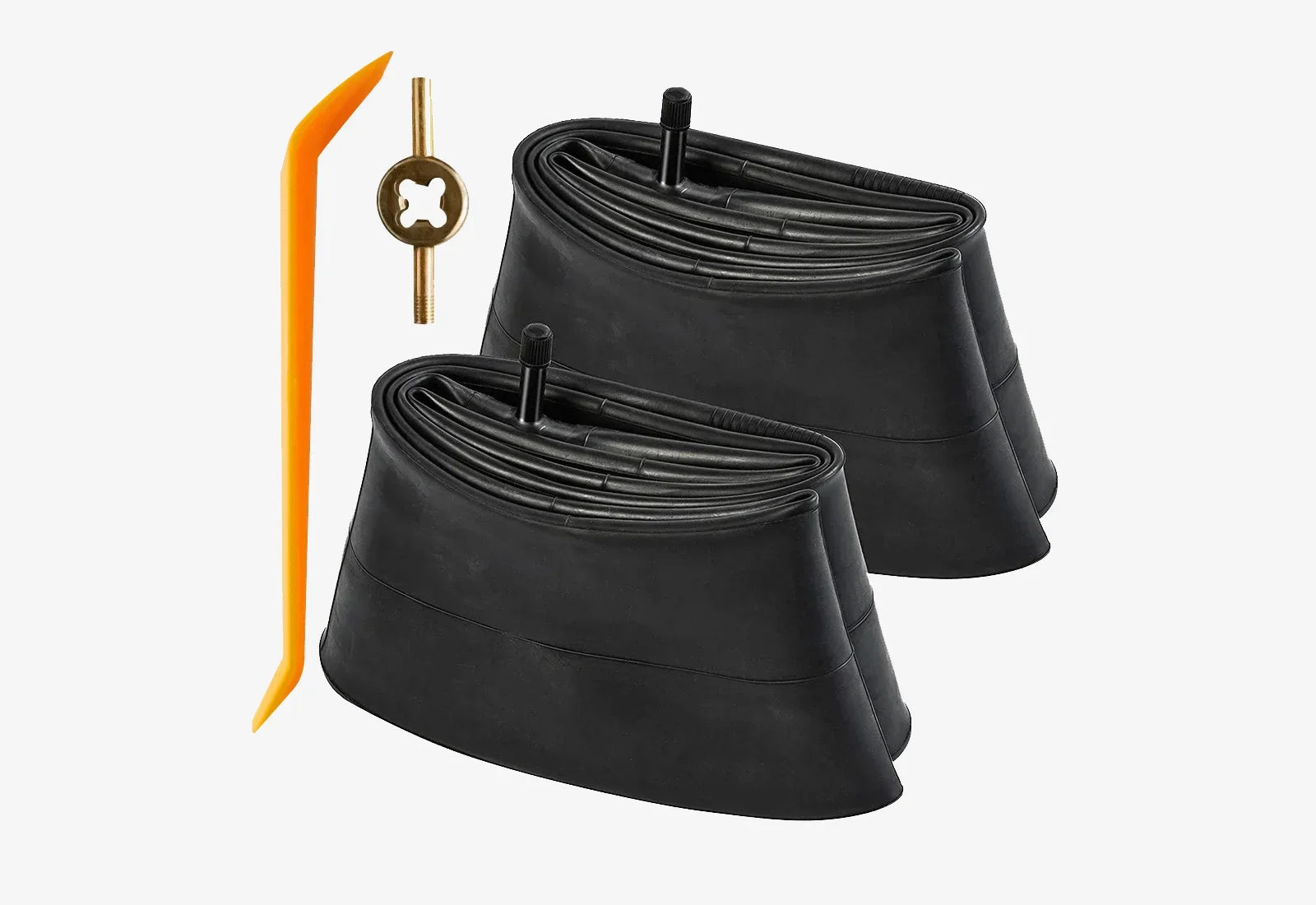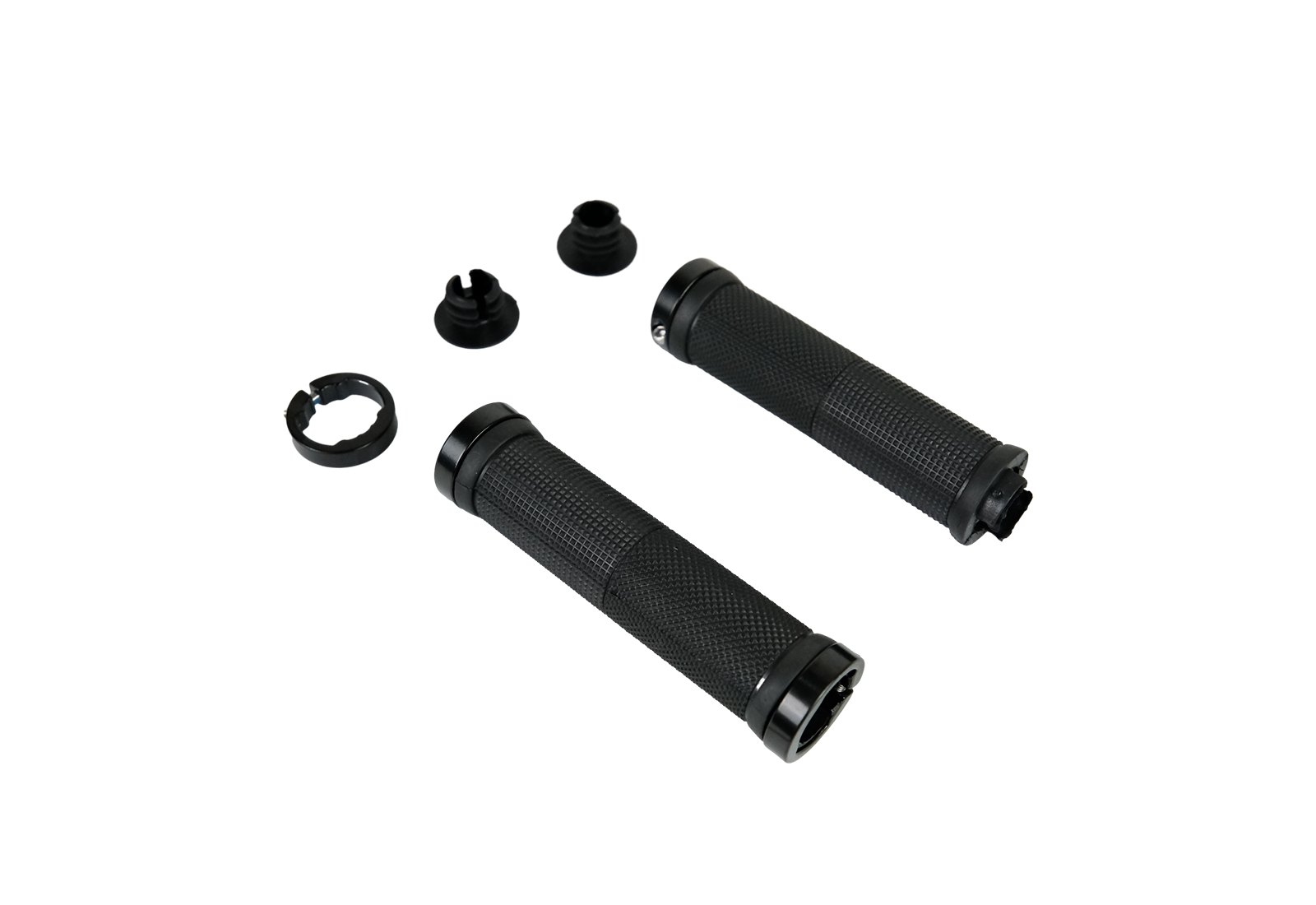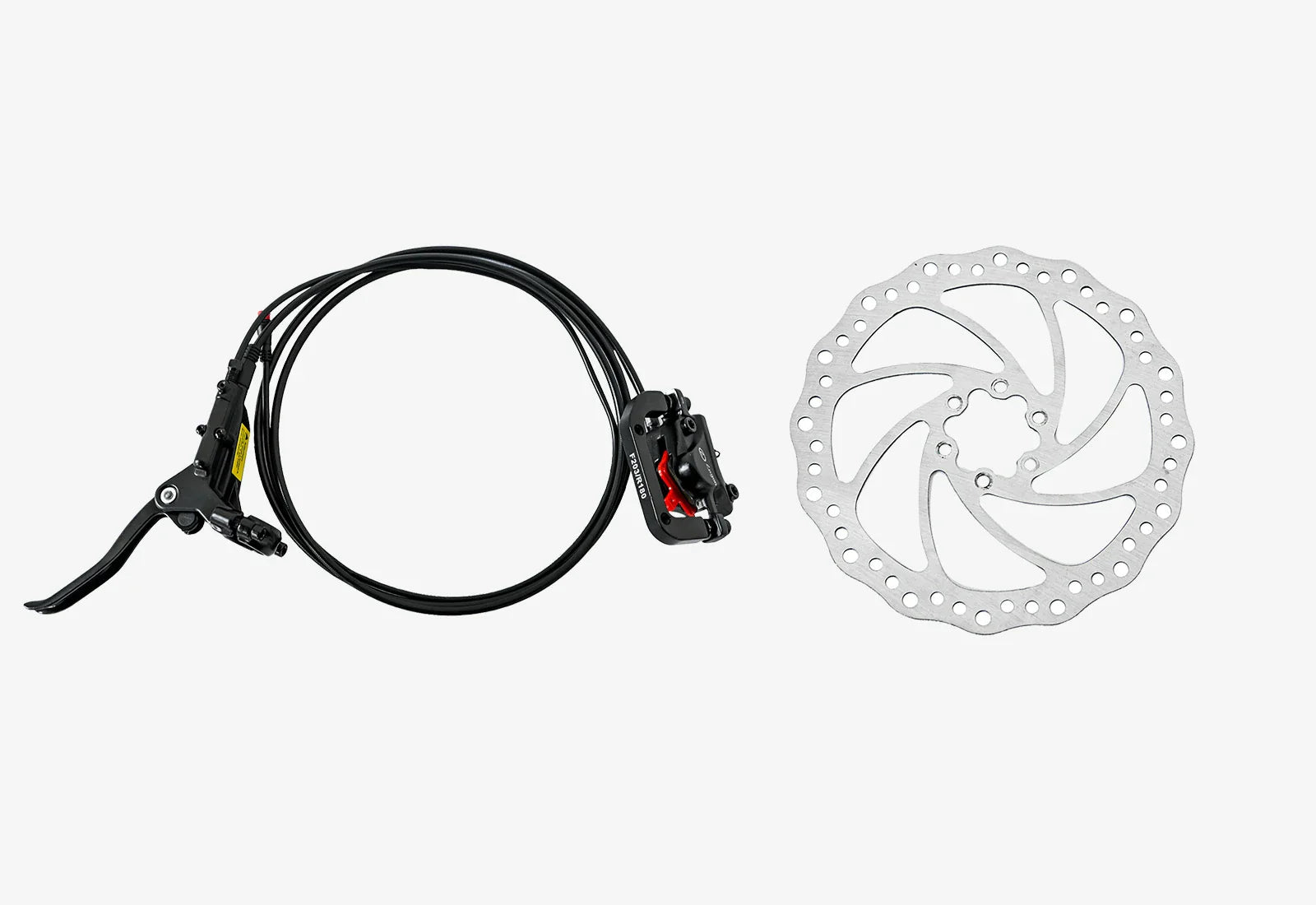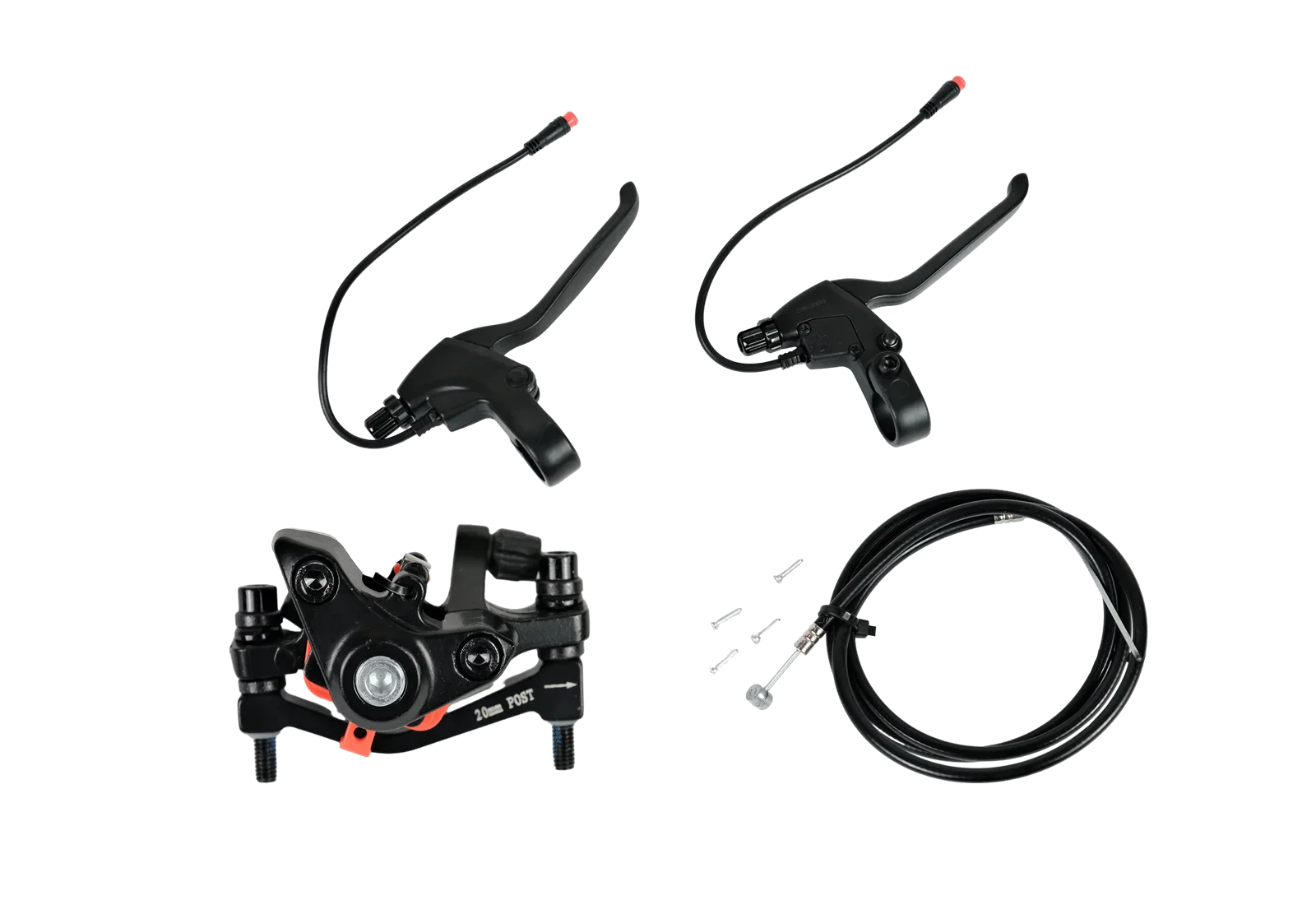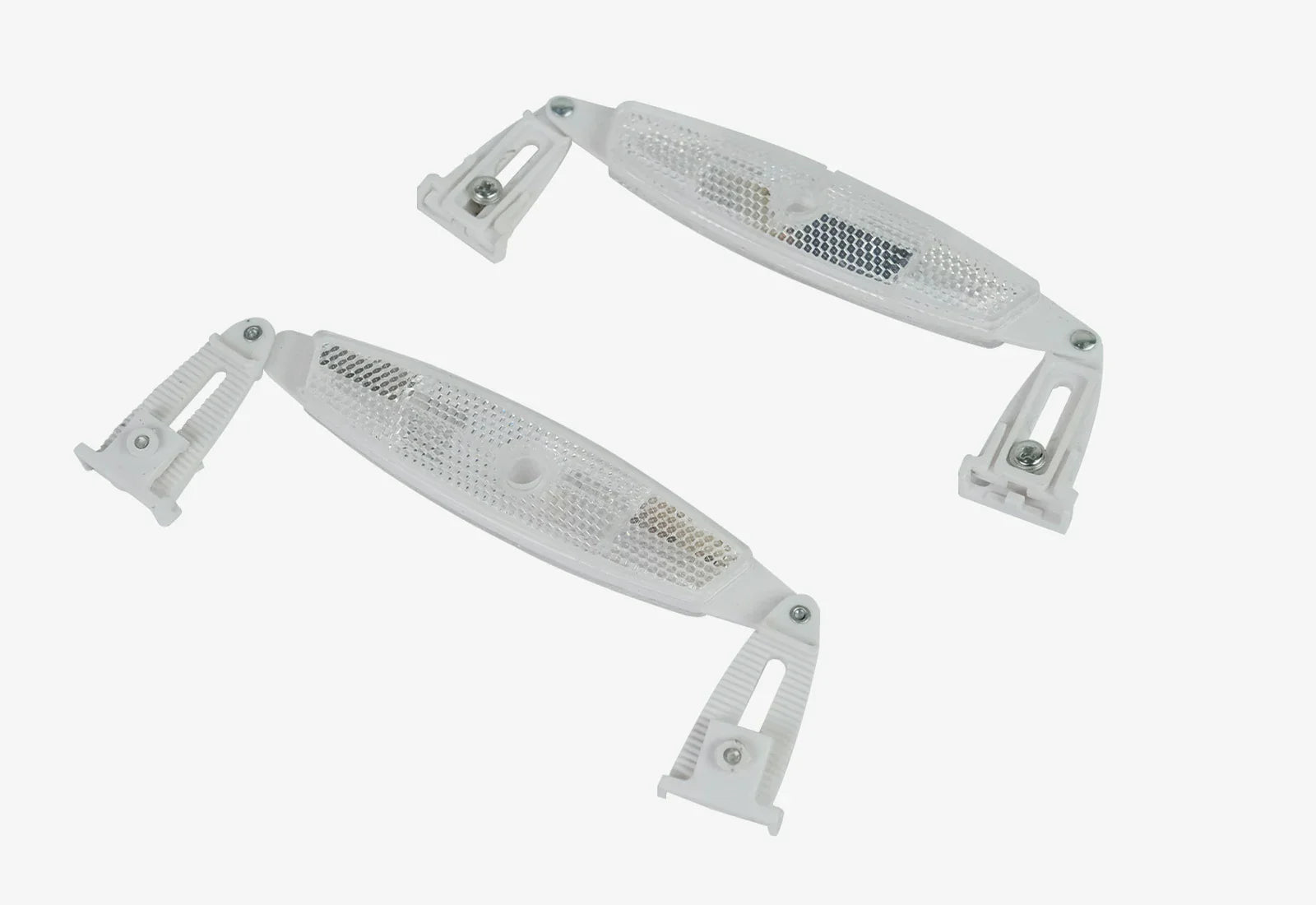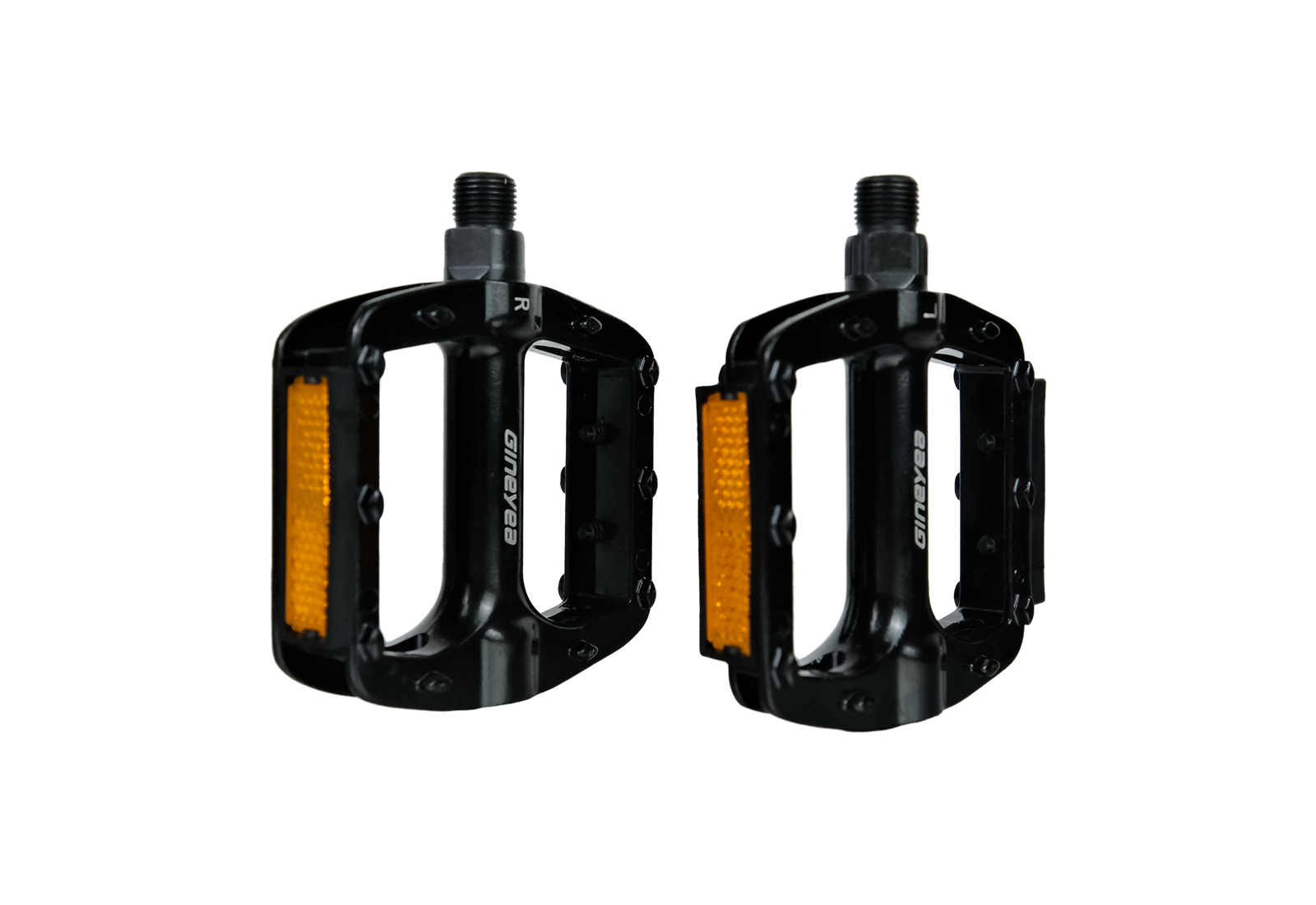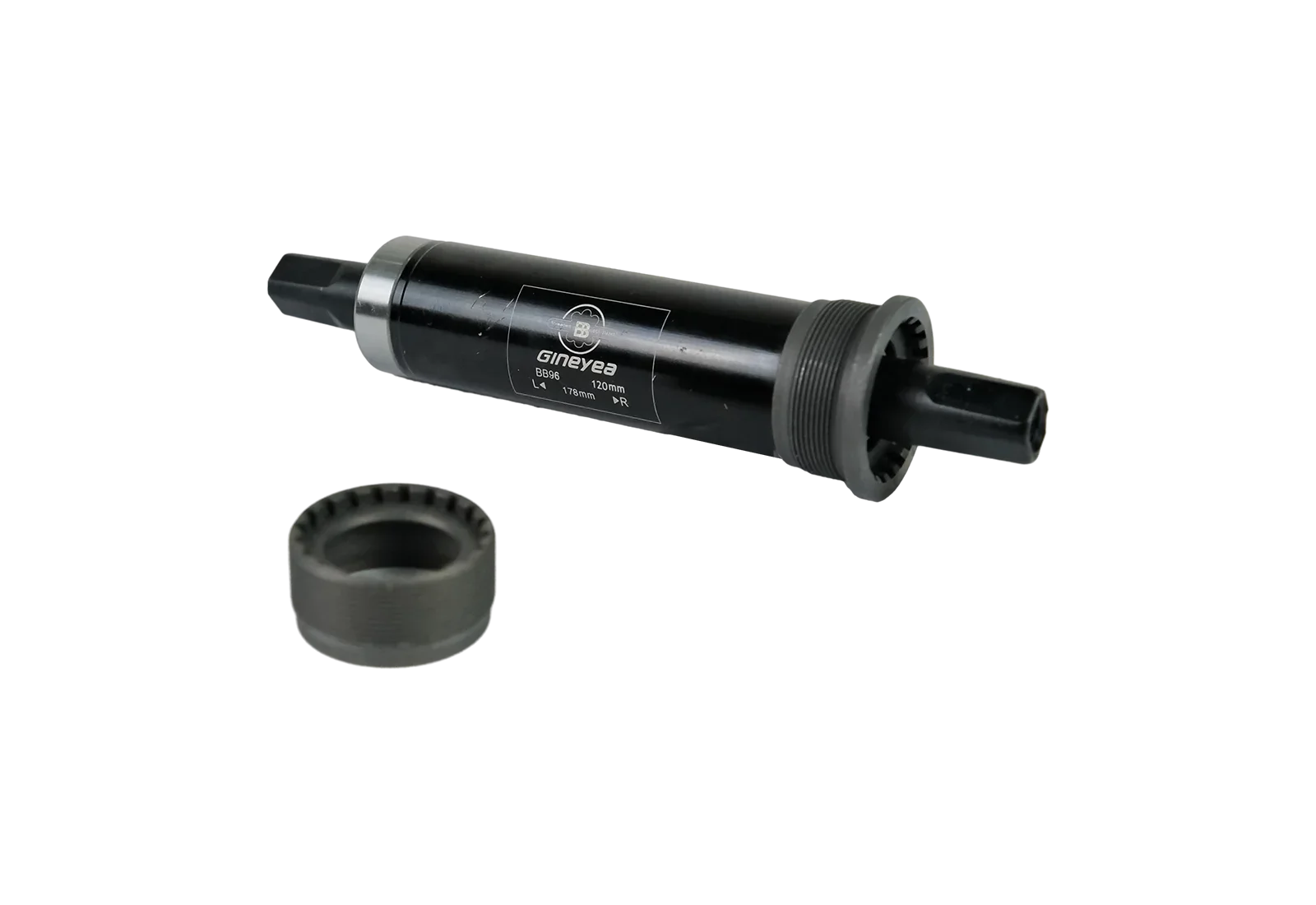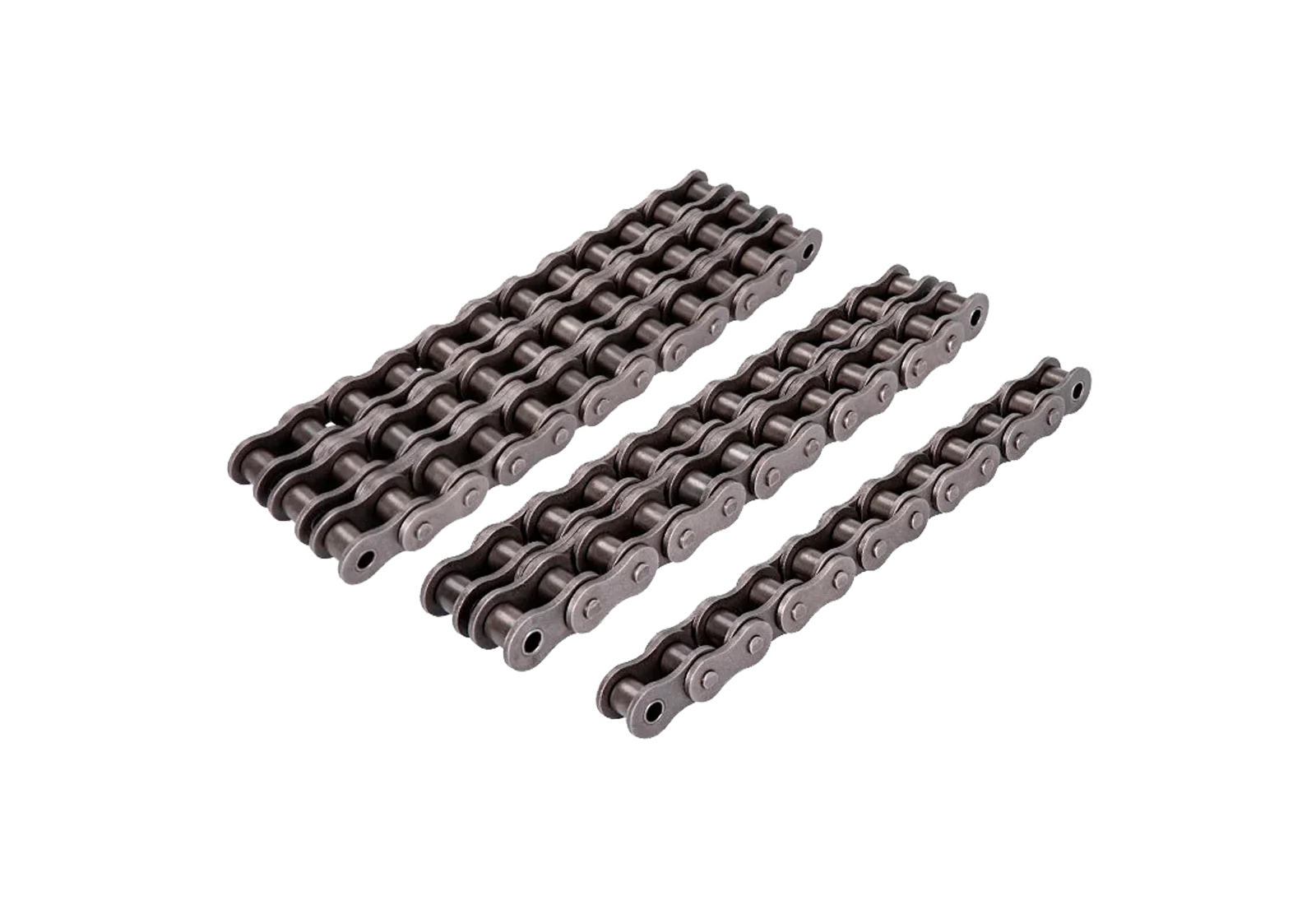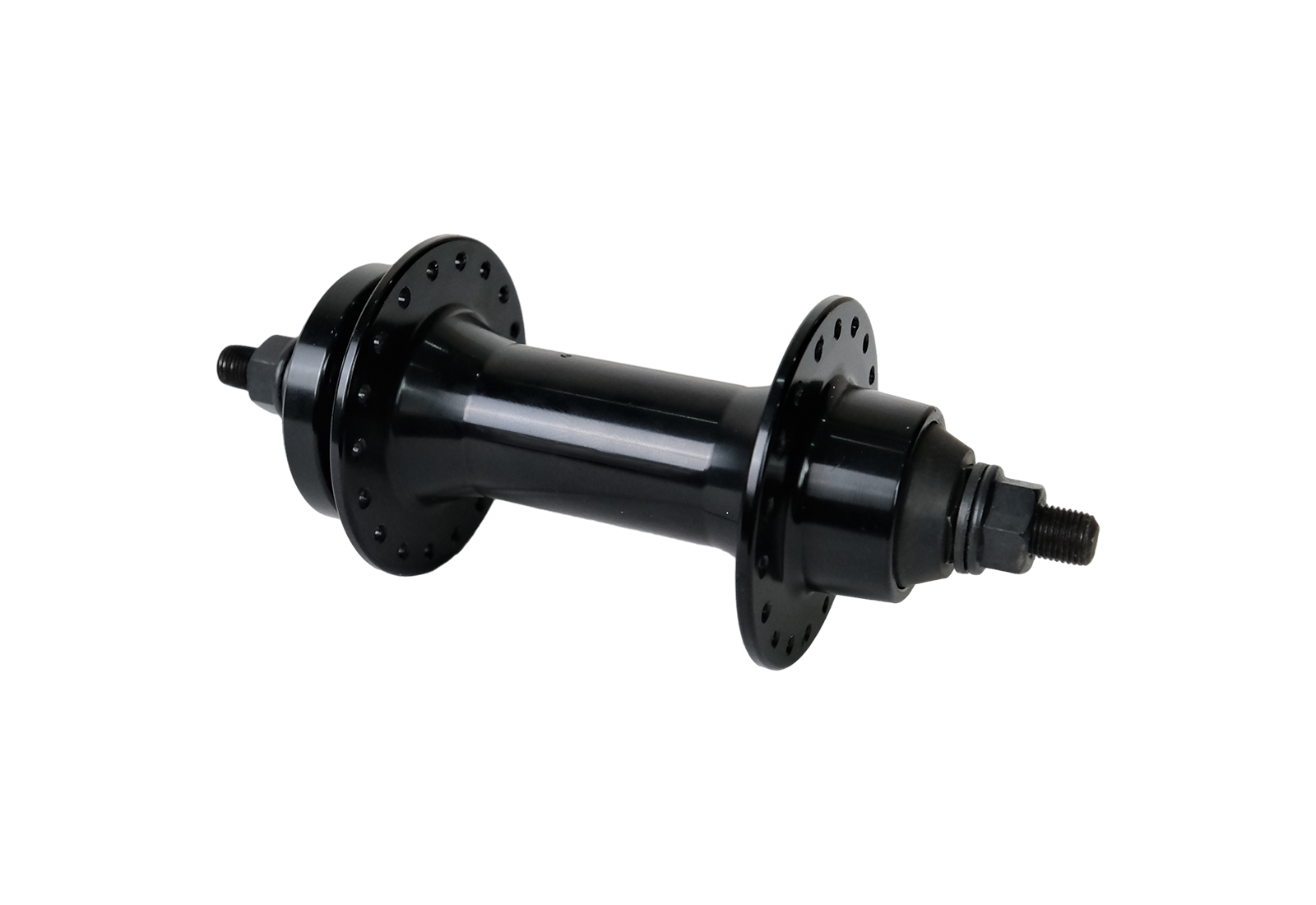
Electric Trike Battery Care Guide
The lithium battery in your electric trike is a crucial component, responsible for providing power and ensuring optimal performance. Proper maintenance is essential to extend battery life, maximize range, and enhance safety. While lithium batteries naturally degrade over time, following best practices can significantly slow down this process and improve efficiency.
1. Charging Best Practices
Avoid Deep Discharges – Use Shallow Cycles
Unlike older battery types, lithium-ion batteries do not suffer from memory effects, meaning you do not need to drain the battery completely before recharging. In fact, deep discharges accelerate battery degradation. Instead, aim to keep the charge between 30% and 80% for daily use. Every 5-6 charge cycles, allow a full charge to 100% to help balance the internal battery cells.
Use the Original Charger – Avoid Fast Charging
Charging too quickly generates excess heat, reducing battery longevity. Always use the charger that came with your eTrike, as it is designed for optimal compatibility. While faster chargers exist, they can introduce additional heat stress, leading to a shorter battery life.
Follow the Correct Charging Order
When plugging in the charger:
-
Plug the charger into the wall before connecting it to the battery.
-
Avoid leaving the battery connected to the charger indefinitely. Once fully charged, unplug it to prevent overcharging cycles that degrade battery health over time.
Charge in a Safe Environment
-
Charge in a dry, ventilated area – Avoid damp or enclosed spaces.
-
Keep away from flammable materials – Lithium-ion batteries can pose a fire risk if improperly handled.
Let the Battery Cool Before Charging
After a ride, allow at least 30 minutes for the battery to cool before starting a charge cycle. Charging a hot battery can reduce its lifespan and may even cause damage.
2. Storage and Temperature Management
Avoid Extreme Temperatures
Batteries are highly sensitive to temperature changes. Both extreme heat and extreme cold can damage the battery cells.
-
Ideal storage temperature: Around 20°C (68°F).
-
Avoid heat exposure: Do not leave the battery in direct sunlight or inside a hot car.
-
Avoid freezing conditions: Storing below 0°C (32°F) can lead to permanent capacity loss.
Proper Charge Level for Storage
If storing your battery for an extended period (weeks or months):
-
Do not store it fully charged (100%) or fully depleted (0%).
-
Best storage level: 30-60% charge.
-
Check the battery every three months and recharge if needed to prevent deep discharge.
Moisture and Storage Location
-
Store the battery in a dry, cool place.
-
Avoid high humidity, as moisture can corrode internal components.
-
Never store near metallic objects that could cause accidental short circuits.
3. Cleaning and Maintenance
How to Clean the Battery
-
Remove the battery from the trike before cleaning.
-
Use a damp (not wet) cloth to wipe off dust and dirt.
-
Never spray water directly on the battery! High-pressure water can force moisture into internal components.
-
Check connectors and contacts for dirt or corrosion. Apply dielectric grease if necessary to prevent oxidation.
Checking the Battery Mount and Terminals
-
Ensure the battery locks securely into place. Loose connections can cause intermittent power loss.
-
Inspect the locking mechanism periodically to make sure it functions properly.
-
Lubricate the battery mount if needed to keep insertion and removal smooth.
4. When to Replace Your Battery
No battery lasts forever (sad, but true). Most eTrike batteries give you 700 to 1,000 charge cycles, which translates to about 4-6 years depending on how you ride.
Signs Your Battery Is Fading:
⚡ You’re not going as far on a full charge.
⚡ Your eTrike feels weaker on hills.
⚡ Charging takes way longer than usual.
When that happens, it’s time to replace your battery. And please—don’t just toss it in the trash! Take it to an authorized recycling center. Lithium-ion batteries need proper disposal to avoid leaks or fires.
Speaking of Fires... Let’s Talk Safety
Now, for the serious part.
5. Preventing Battery Failure and Safety Hazards
Avoid Physical Damage
Never drop your battery – Internal components can become damaged even if no visible signs appear.
Do not expose the battery to water – While most battery cases are weather-resistant, submerging the battery in water can cause internal damage.
Thermal Runaway Risks
Thermal runaway is what happens when a lithium-ion battery overheats and catches fire—yeah, it’s rare, but you don’t want to see it happen.
To avoid disaster, follow these golden rules:
🚫 Don’t overcharge or completely drain your battery all the time.
🚫 Never use a damaged or swollen battery.
🚫 Always use the correct charger.
If your battery looks bloated or isn’t holding a charge, retire it before it becomes a safety risk.
Final Takeaways
Taking care of your battery isn’t rocket science—it’s just about building good habits:
✅ Keep it charged between 30-80% for daily use.
✅ Use the original charger and avoid fast charging.
✅ Store it at 30-60% charge if you won’t be using it for a while.
✅ Keep it away from extreme heat, cold, and moisture.
✅ Clean and inspect it regularly.
✅ Dispose of old batteries properly.
Your eTrike’s battery is what keeps you rolling—so treat it right, and it’ll keep you riding farther, longer, and stronger! 🚲⚡
